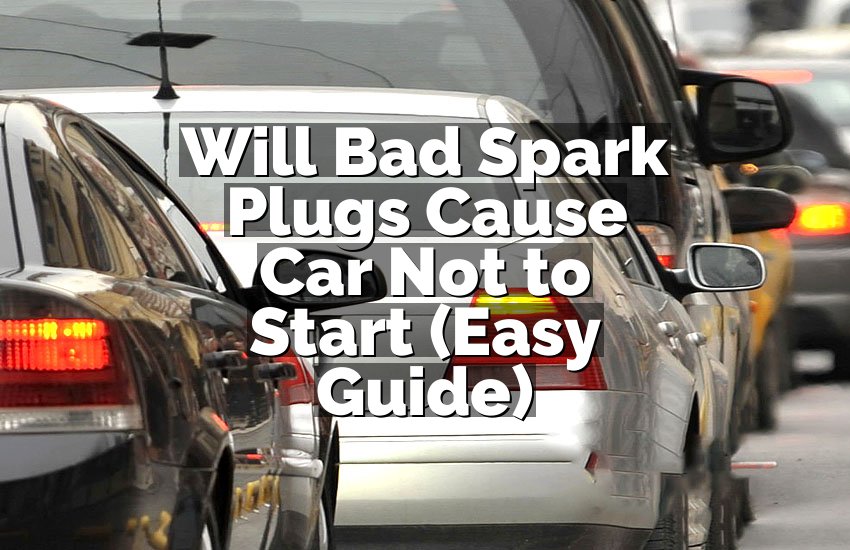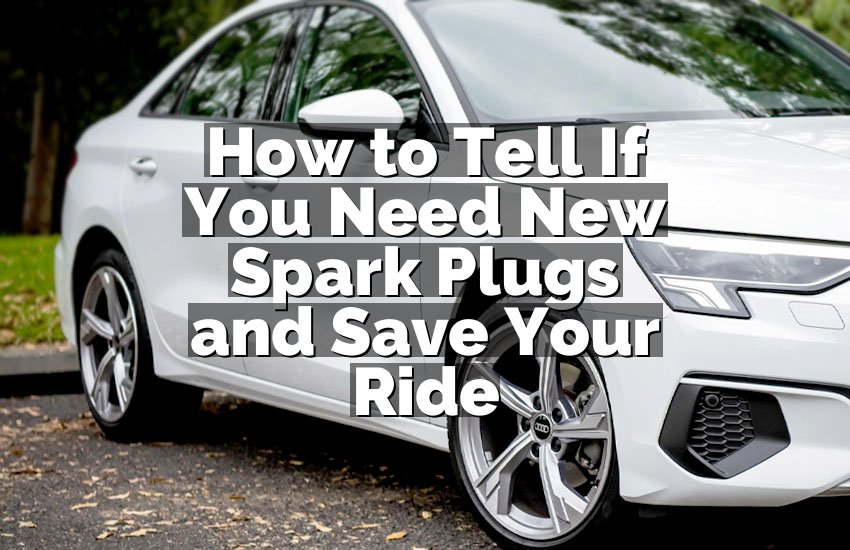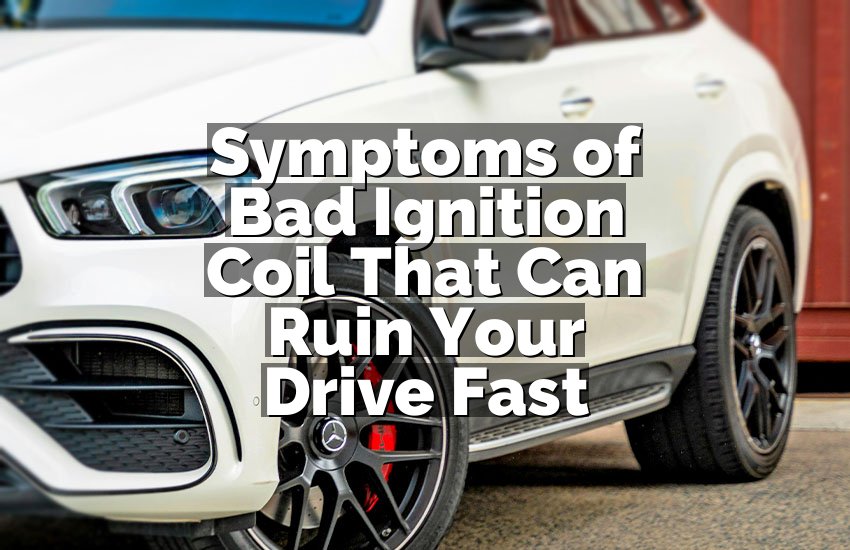If you’ve ever been in a situation where your car won’t start, you’re not alone. One of the most common problems for car owners is a dead battery. Luckily, jumping a car with jumper cables is a straightforward fix, and you don’t need to be a mechanic to do it. Whether you’re on the side of the road or in a parking lot, having jumper cables and knowing how to use them can save the day. This article will walk you through everything you need to know to safely and confidently jumpstart your car.
What You’ll Need Before You Start Jumping Your Car
Before you jump a car, it’s important to make sure you have everything you need. Jumper cables are the obvious tool, but there are a few other things to consider. First, you’ll need a second car with a working battery. This can be a friend, a family member, or even a friendly stranger who’s willing to help. Here’s what else you’ll need:
Jumper Cables
Jumper cables are two long wires with clamps on both ends, usually color-coded—red for positive and black for negative. You can find these cables at auto parts stores or even online. Make sure your jumper cables are long enough to reach between both vehicles, and that they’re in good condition without frays or damage.
A Second Car
You’ll need a second car with a fully charged battery. Ideally, the car should be running, but if not, at least make sure it has enough charge to provide power to your dead battery. The second vehicle can be your own, or it can be a friend’s or even a stranger’s car.
Safety Gear
Although jumping a car isn’t very dangerous when done correctly, it’s always a good idea to have some safety gear like gloves or safety glasses. This will protect you from any potential sparks or accidents.
A Proper Location
Ensure both cars are parked on flat ground and in a safe location. You don’t want to do this on a busy road or in a place where cars are speeding by. Ideally, park both cars close to each other, but not touching. You’ll need enough space to reach both car batteries.
How to Safely Jump Your Car with Jumper Cables
Jumping a car is a relatively simple process, but it’s crucial to follow the right steps to avoid damaging your vehicle or causing an electrical hazard. Here’s a step-by-step guide to ensure everything goes smoothly.
Step 1: Park the Cars and Turn Everything Off
First, park both cars close to each other, but make sure they’re not touching. Turn off both cars, and remove any keys from the ignition. It’s important that both vehicles are off to avoid electrical mishaps. Once the cars are parked and the engines are off, you can begin connecting the jumper cables.
Step 2: Identify the Positive and Negative Terminals
In every car, the battery has two terminals: the positive (+) and negative (-). The positive terminal is usually marked with a red cap or a “+” symbol, while the negative terminal is marked with a black cap or a “-” symbol. The positive terminal carries the electricity, and the negative terminal is for grounding. Make sure you identify the terminals correctly before proceeding.
Step 3: Connect the Jumper Cables to the Batteries
Now it’s time to hook up the jumper cables. Start by attaching one of the red (positive) clamps to the positive terminal of the dead battery. Then, attach the other red (positive) clamp to the positive terminal of the good battery. Be careful not to let the clamps touch each other or any other part of the cars.
Next, take the black (negative) clamp and attach it to the negative terminal of the good battery. Finally, attach the other black (negative) clamp to an unpainted metal part of the car with the dead battery. This could be a bolt or a metal piece in the engine bay. This step is important because it acts as a ground connection.
Step 4: Start the Good Car
Once the cables are connected securely, start the car with the good battery. Let it run for a few minutes. This will allow the battery to send power to the dead battery. You should be able to hear the engine running smoothly, which means the jumpstart process is working. Don’t rev the engine too high; just let it run at a normal idle speed.
Step 5: Attempt to Start the Dead Car
After a few minutes, try starting the car with the dead battery. If the car starts, great! You’ve successfully jump-started the car. However, if the car doesn’t start after a few attempts, it’s possible that the battery is too far gone and may need to be replaced.
Step 6: Disconnect the Jumper Cables
Once the dead car starts, you can begin disconnecting the jumper cables. It’s important to do this in the reverse order that you connected them. Start by removing the black (negative) clamp from the unpainted metal part of the car. Then, remove the other black (negative) clamp from the negative terminal of the good battery. After that, take off the red (positive) clamp from the positive terminal of the good battery, and finally, remove the red (positive) clamp from the positive terminal of the dead battery.
Step 7: Let the Car Run
After removing the jumper cables, let the revived car run for at least 20 to 30 minutes to recharge its battery. If you can, drive it around a bit to help the battery get a better charge.
Troubleshooting Common Jump-Start Problems
Sometimes, jump-starting a car doesn’t go as smoothly as planned. There are a few common issues that may arise during the process. Here are some tips on how to troubleshoot and solve them.
The Car Won’t Start After Several Attempts
If the car still won’t start after you’ve connected the cables and tried turning it over, there might be a problem with the battery itself. If it’s an older battery or has been drained completely, it may need to be replaced. If you’re still unsure, it’s best to consult a mechanic who can check the battery’s condition.
The Jumper Cables Spark
If you notice sparks when you’re connecting or disconnecting the cables, it may be because of a loose connection or improperly connected cables. Ensure the clamps are securely attached to the battery terminals and that the red clamp is only on the positive terminal, and the black clamp is only on the negative or ground connection.
The Car Starts but Dies Again
If the car starts but dies shortly after, there might be an issue with the alternator or another part of the charging system. A bad alternator can prevent the car from charging the battery properly while running, which could cause it to die again. It’s best to get this checked by a mechanic.
Safety Tips When Jumping a Car
While jumping a car is generally safe, there are a few safety tips you should keep in mind to avoid accidents or injuries.
Always Wear Safety Gear
Wearing gloves and safety glasses is always a good idea when jump-starting a car. This protects you from potential sparks and any battery acid leaks that may occur during the process. It’s always better to be safe than sorry.
Avoid Letting the Cables Touch
Make sure the jumper cables do not touch each other or any metal parts of the cars while you’re connecting or disconnecting them. If the cables touch, it can create a short circuit, which may damage the electrical system of the car or even cause a fire.
Keep the Cars a Safe Distance Apart
While the cars need to be close enough to connect the jumper cables, make sure they’re not touching. If the cars are too close, it could lead to damage to both vehicles, especially when disconnecting the cables. Always keep a safe gap between the two cars.
Final Thoughts
Jumping a car is a simple skill every driver should know. Now that you have a step-by-step guide, you can feel confident in handling a dead battery. Just remember to take your time, stay safe, and follow the instructions closely.
Frequently Asked Questions (FAQs)
Is it safe to jump a car with jumper cables?
Yes, it is safe to jump a car if you follow the correct steps. As long as you connect the cables properly and avoid any sparks, the process is generally safe. Always wear safety gear to protect yourself from potential accidents.
Can you jumpstart a car with a completely dead battery?
If the battery is entirely dead, it might not hold a charge after being jumped. However, if the battery is only partially discharged, it can likely be jump-started. In some cases, a completely dead battery might need to be replaced.
Do I need to start both cars when jumping a battery?
Yes, you need to start the car with the working battery to send power to the dead battery. It’s important that the car with the good battery is running, as this helps provide enough power to start the other car.
Is it possible to damage your car while jumping it?
If the cables are connected improperly, it’s possible to cause damage to your car’s electrical system. Always follow the correct steps, and make sure you connect the jumper cables to the correct terminals.
Can I jumpstart my car alone without another car?
It’s difficult to jumpstart a car without a second vehicle, as you need a working battery to provide the power to the dead one. However, some portable jump starters can serve as an alternative to a second car.
Is it safe to jumpstart a car with an alternator issue?
If your car has an alternator issue, jump-starting may allow the car to run for a short time, but it won’t fix the underlying problem. The alternator is essential for charging the battery, and if it’s not working properly, your car may stop running again.
Do I need to buy expensive jumper cables?
No, you don’t need to buy expensive jumper cables. As long as the jumper cables are in good condition, they should work fine. Look for cables with sufficient length and high-quality clamps to ensure a secure connection.
Is it dangerous to leave jumper cables connected too long?
Leaving the cables connected for too long isn’t dangerous, but it may not be necessary. If the dead car doesn’t start within a few minutes, it might indicate a deeper issue with the battery, and you should stop trying to jump it.


